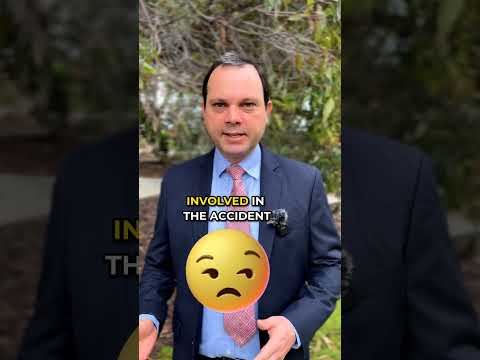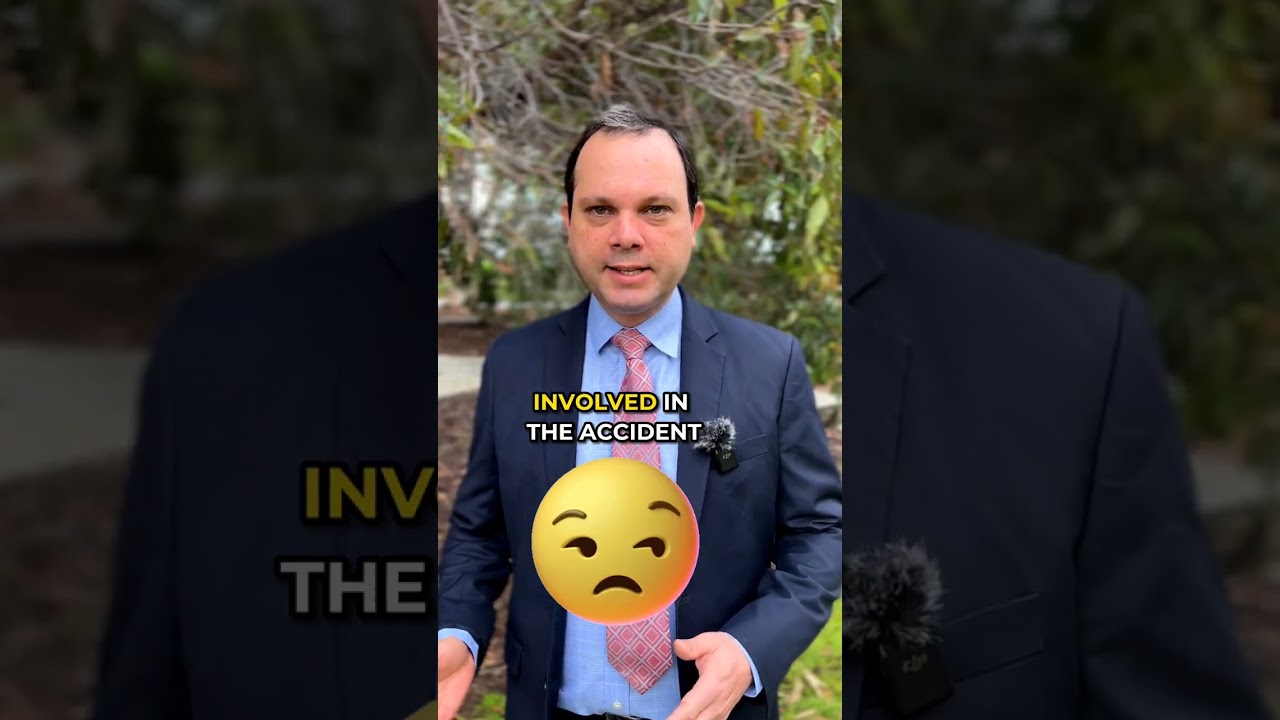Discover the essential steps to take when you find yourself rear-ended in an unexpected automotive incident. From assessing the situation to ensuring your safety, this comprehensive guide will equip you with the knowledge you need to handle such an event with confidence and composure. Learn how to document the accident effectively, exchanging information with the other driver while remaining calm and collected. Explore the significance of seeking medical attention, even if you initially feel fine, as some injuries may not manifest immediately. Explore the importance of contacting law enforcement and gathering evidence to support your insurance claim, ensuring a smoother resolution to the incident. Additionally, we provide valuable tips on working with your insurance company, understanding the claims process, and seeking legal advice if necessary. This guide empowers you to take control of the situation, protecting your rights and guiding you towards a favorable outcome. Don’t let the stress of a rear-end collision overwhelm you – equip yourself with the knowledge and tools to navigate this challenging experience effectively.

What to Do When You Are Rear-Ended
| Step | Description |
|---|---|
| 1 | Ensure your safety: Move your vehicle to a safe location, away from traffic, if possible. Use hazard lights to warn other drivers. |
| 2 | Check for injuries: Assess yourself and passengers for any visible injuries or signs of discomfort. Seek medical attention if necessary. |
| 3 | Contact authorities: Dial emergency services or the non-emergency police line to report the accident and request assistance. |
| 4 | Exchange information: Share contact, insurance, and vehicle details with the other driver(s) involved. Take note of witnesses’ information as well. |
| 5 | Document the scene: Take photos of the accident, capturing the damage to vehicles, road conditions, and any relevant surroundings. |
| 6 | Notify your insurance company: Inform your insurer about the accident and provide them with accurate and detailed information. |
| 7 | Seek legal advice: If the accident resulted in significant damage, injuries, or disputes, consult an attorney experienced in personal injury or automobile accidents. |
| 8 | Get a medical evaluation: Even if you initially feel fine, it’s important to see a doctor within 24-48 hours to ensure there are no hidden injuries. |
| 9 | Keep records: Maintain a file of all documents related to the accident, including medical bills, repair estimates, and communication with insurance companies. |
| 10 | Consider a vehicle inspection: Have a professional assess your vehicle’s damage to ensure all necessary repairs are accounted for. |
Being rear-ended can be a stressful experience, but knowing what steps to take can help protect your well-being and rights. Remember, each accident is unique, so it’s crucial to adapt these guidelines to your specific situation. If unsure, consult professionals or experts in the field for personalized advice.
“Post-Collision Pointers: Navigating Life After a Car Accident”
What to Do When You Are Rear-Ended
Being involved in a car accident can be a stressful and overwhelming experience. One common type of accident is being rear-ended, which occurs when another vehicle collides with the back of your car. While it may seem straightforward, there are important steps you should take to ensure your safety, protect your rights, and navigate the aftermath of the accident. Here are five crucial actions to follow when you are rear-ended:
1. Assess the Situation
After being rear-ended, it is important to stay calm and assess the situation. First and foremost, check yourself and any passengers for injuries. If anyone is hurt, call emergency services immediately. If everyone is okay, move your vehicle to a safe location, if possible, to avoid further accidents or traffic congestion.
Once you are in a secure area, gather information about the other driver involved in the accident. Take note of their license plate number, make and model of their vehicle, and their contact information. Additionally, if there were any witnesses to the accident, try to obtain their contact information as well.
2. Contact the Police
Regardless of the severity of the accident, it is crucial to contact the police and report the incident. When the police arrive, provide them with all the necessary details and let them create an official accident report. This report will serve as valuable evidence when dealing with insurance companies or legal proceedings.
While waiting for the police to arrive, refrain from discussing the accident with the other driver or admitting fault. Anything you say can be used against you, so it is best to remain silent until the authorities arrive.
3. Document the Scene
Documenting the scene of the accident is essential for your insurance claim and any potential legal action. Use your smartphone or a camera to take pictures of the damage to your vehicle and the other driver’s car. Include photos of the surrounding area, road conditions, and any visible injuries you or your passengers may have sustained. These images will provide tangible evidence of the accident and help support your claim.
In addition to taking pictures, make sure to write down all relevant details about the accident. Include the time, date, location, weather conditions, and any other factors that may have contributed to the collision. This information will be useful when recalling the incident later or if you need to consult with an attorney.
4. Seek Medical Attention
Even if you believe you are unhurt after being rear-ended, it is crucial to seek medical attention as soon as possible. Some injuries, such as whiplash or internal trauma, may not manifest immediately and can worsen over time. By seeking medical help, you ensure your well-being and create a medical record of any injuries sustained during the accident.
When visiting a doctor, be sure to explain that you were involved in a car accident and describe any symptoms you are experiencing. Follow the physician’s advice and attend any follow-up appointments or recommended treatments. This will not only aid in your recovery but also strengthen your case should you need to pursue legal action or file an insurance claim.
5. Contact Your Insurance Company
Once you have taken all necessary steps to ensure your safety and gather evidence, it is time to contact your insurance company. Report the accident and provide them with all the relevant details and documentation you have collected. They will guide you through the claims process and assess the damage to your vehicle.
When speaking with your insurance company, be honest and accurate in recounting the events. Stick to the facts and avoid speculating or offering unnecessary information. Your insurance provider will investigate the accident and determine fault based on the evidence available.
In conclusion, being rear-ended is a stressful situation, but knowing what to do can help alleviate some of the anxiety. Assess the situation, contact the police, document the scene, seek medical attention, and contact your insurance company. By following these steps, you can ensure your safety, protect your rights, and navigate the aftermath of being rear-ended with confidence.

